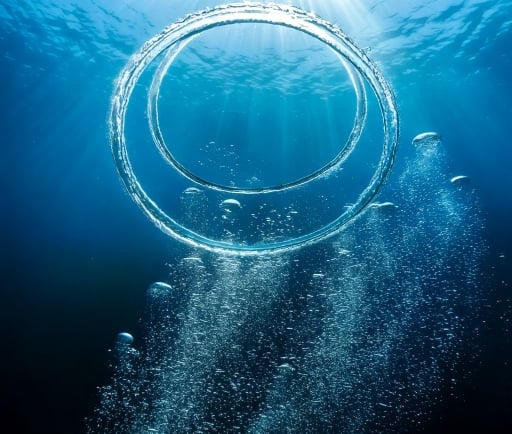The Haloclines of the Yucatan Peninsula


The Fascinating Underwater World of the Yucatan Peninsula
The Yucatan Peninsula, renowned for its rich cultural heritage and stunning landscapes, also houses one of nature's most intriguing phenomena: an intricate network of underwater caves. These caves hold a unique composition of both fresh and saltwater, creating an astonishing display of visual distortions known as haloclines. This phenomenon not only captivates researchers but also draws the attention of adventurous explorers and divers alike.
Understanding Haloclines and Their Effects
Haloclines are formed when two bodies of water with different salinities come into contact with each other, resulting in a distinct boundary marked by a dramatic change in density. Inside the Yucatan's underwater cave systems, divers are given the rare opportunity to witness this spectacular occurrence firsthand. As fresh water from underground rivers flows over denser saltwater from the ocean, an extraordinary visual effect is produced. The interaction of light with these differing layers creates an LSD-like visual experience, mesmerizing anyone fortunate enough to encounter it.
Diving into the Mysteries of the Cave Systems
Diving in these underwater caves is not merely an activity; it is a journey into a surreal landscape shaped by nature over thousands of years. The caves are adorned with remarkable rock formations, breathtaking stalactites, and crystal-clear waters, all providing a vibrant backdrop for this unique diving experience. As divers navigate through the aquatic labyrinth, they traverse zones where haloclines shift and change. This constant interplay of fresh and saltwater creates an ever-evolving tapestry of colors and scintillating light that feels otherworldly.
Moreover, the ecological significance of these halocline zones cannot be overstated. They serve as vital transition areas, supporting diverse aquatic life that thrives in both salinity levels. Coral reefs, fish species, and various microorganisms flourish here, contributing to a rich biodiversity. Researchers and environmentalists emphasize the importance of preserving such unique ecosystems, as they provide invaluable insights into aquatic life and the impacts of climate change.
In conclusion, the underwater cave systems of the Yucatan Peninsula, with their mesmerizing haloclines, offer an exceptional glimpse into nature's artistry. The combination of fresh and salt water creates a visual experience that is both enchanting and thought-provoking. As exploration continues and awareness spreads, it becomes imperative to protect these natural wonders, ensuring that future generations can appreciate their allure. The Yucatan's underwater caves are not merely a destination but a testament to the artistry of nature—a fact that underscores their importance to our planet's ecological heritage.
